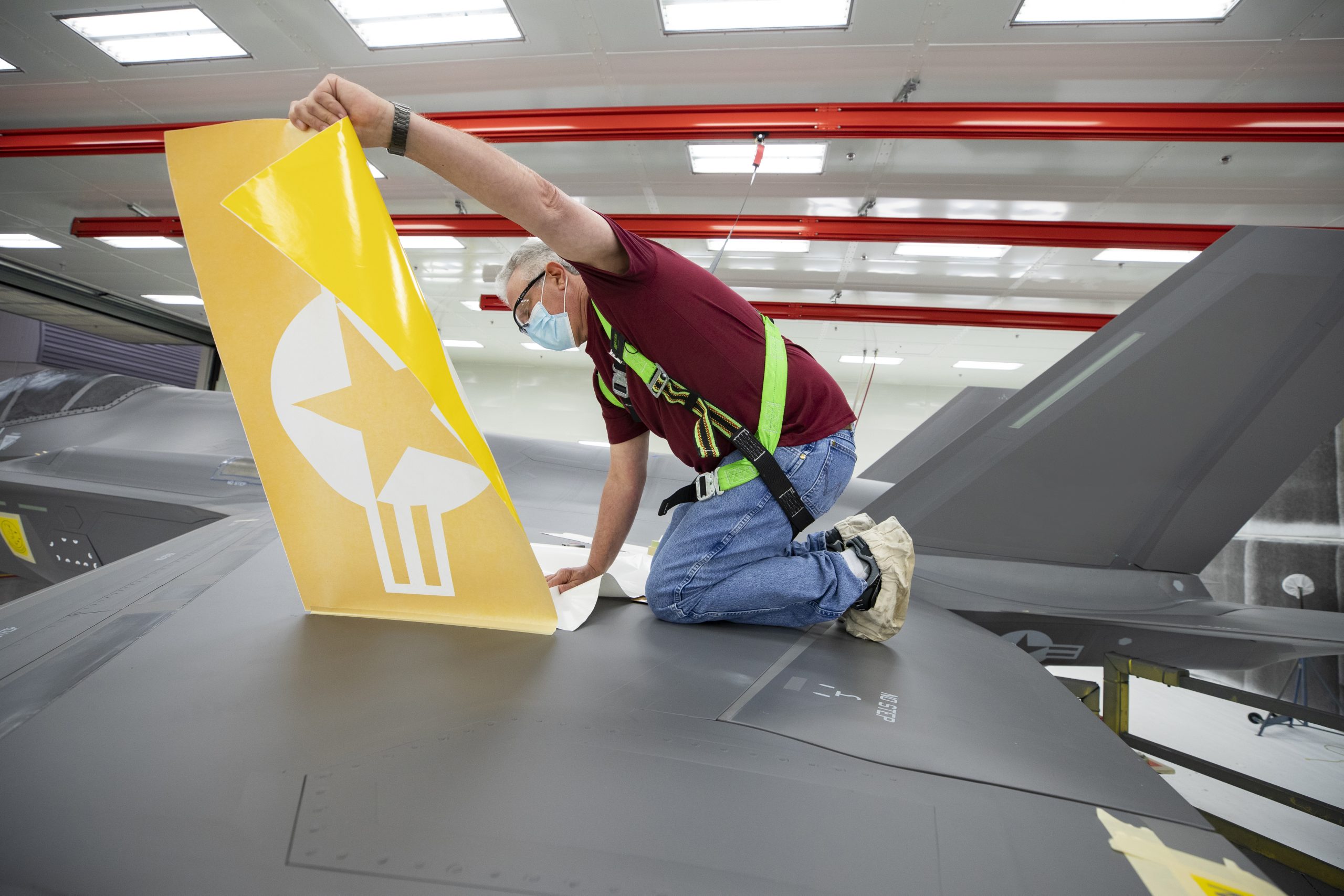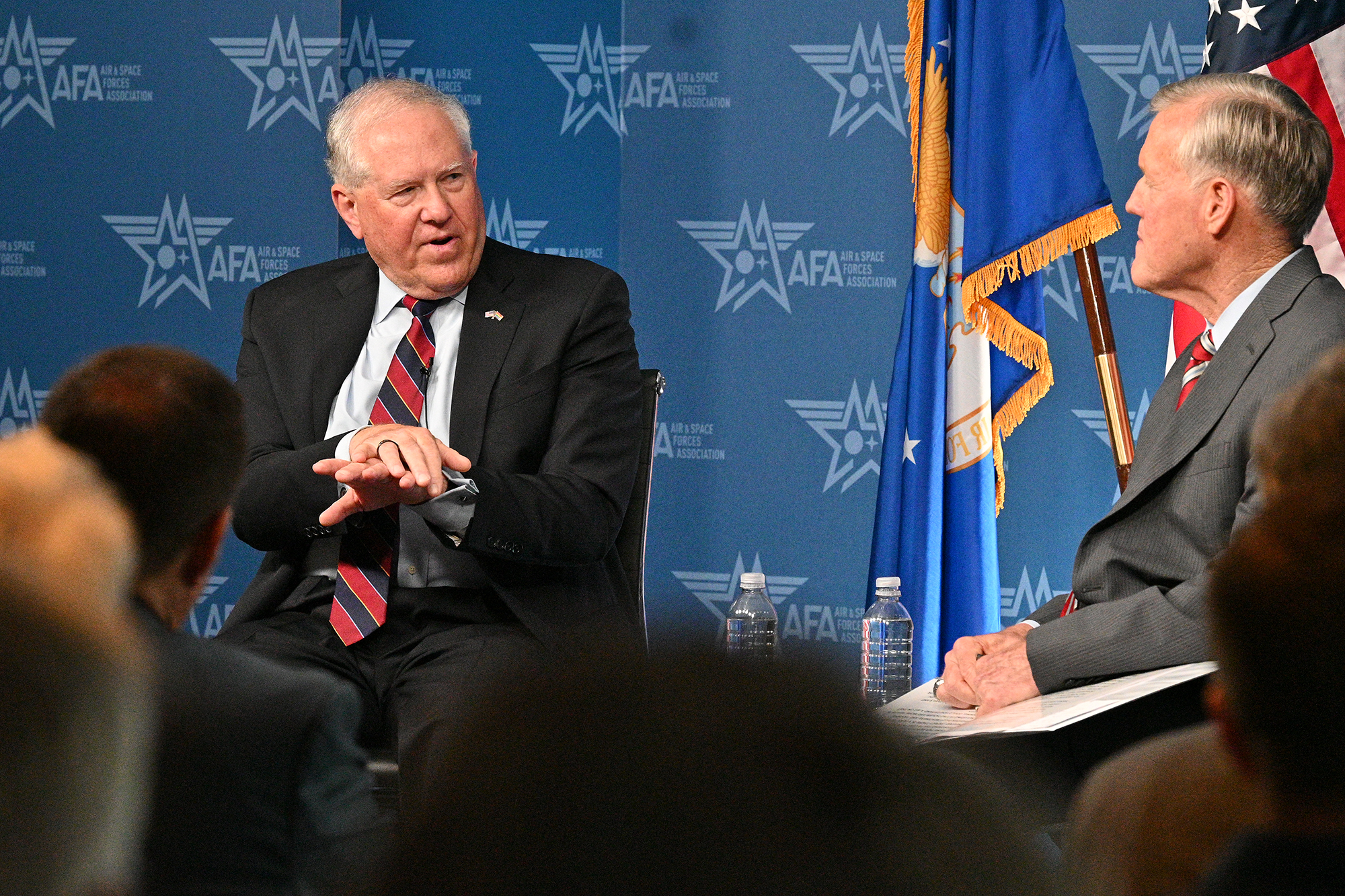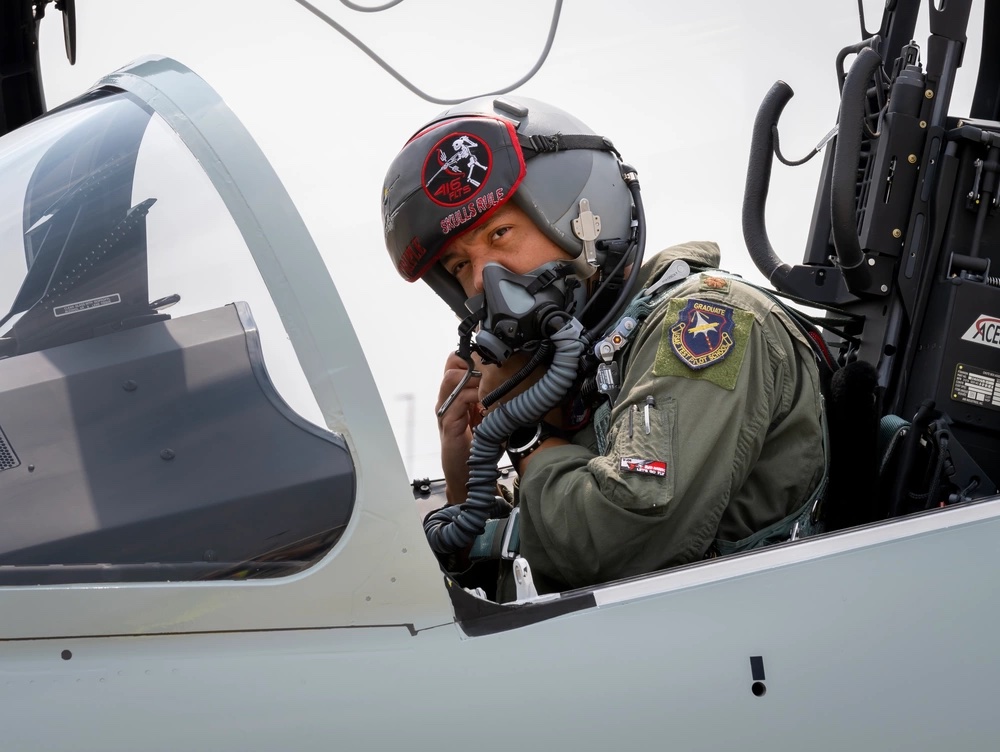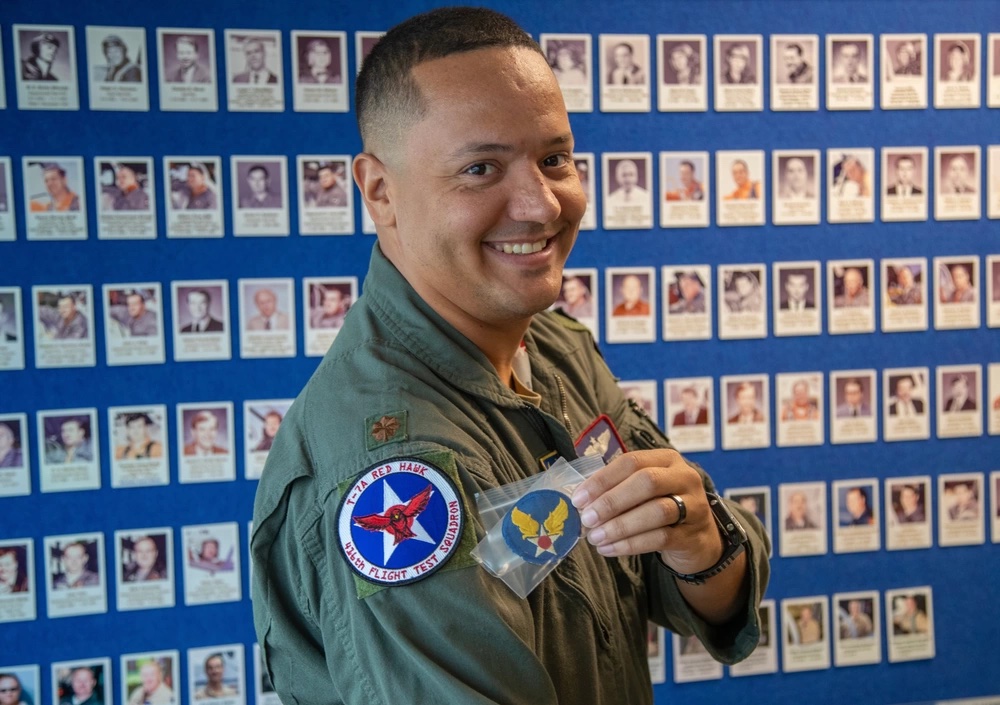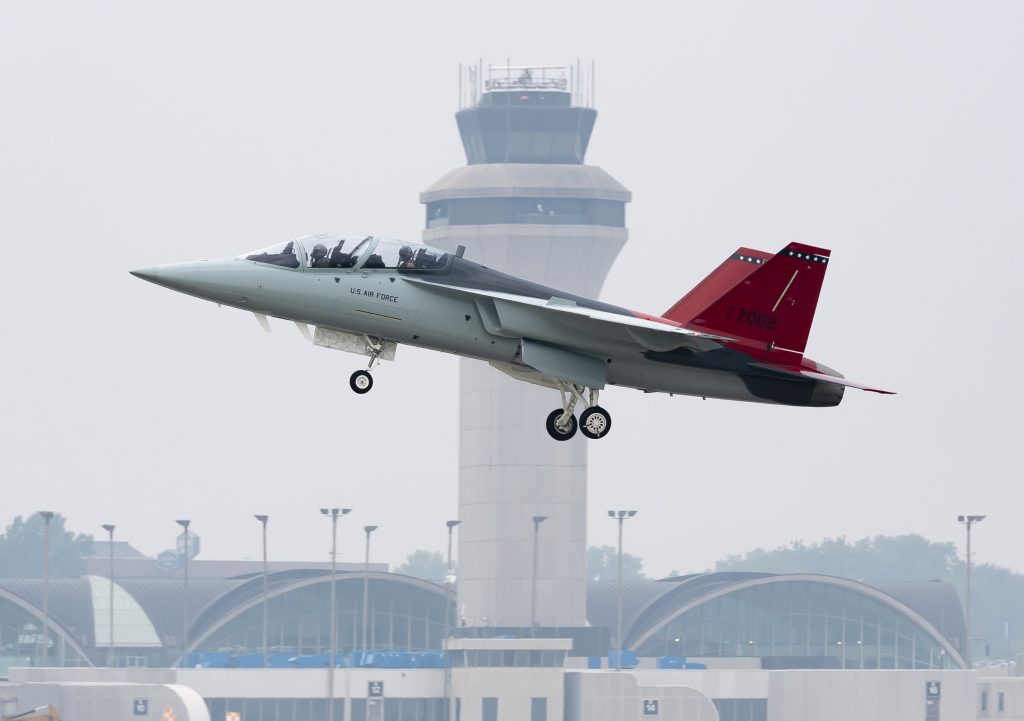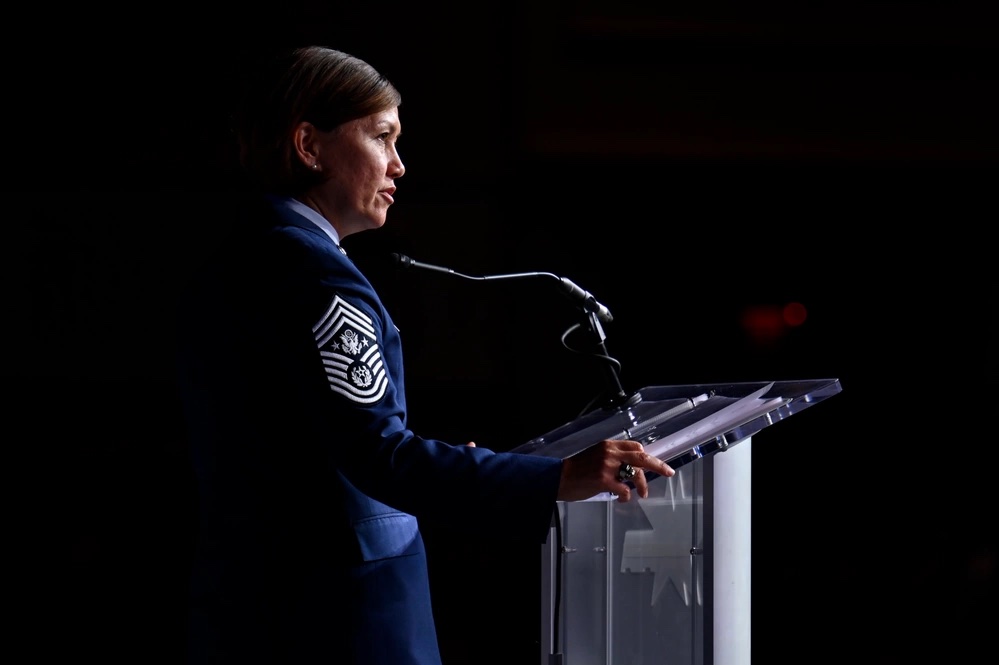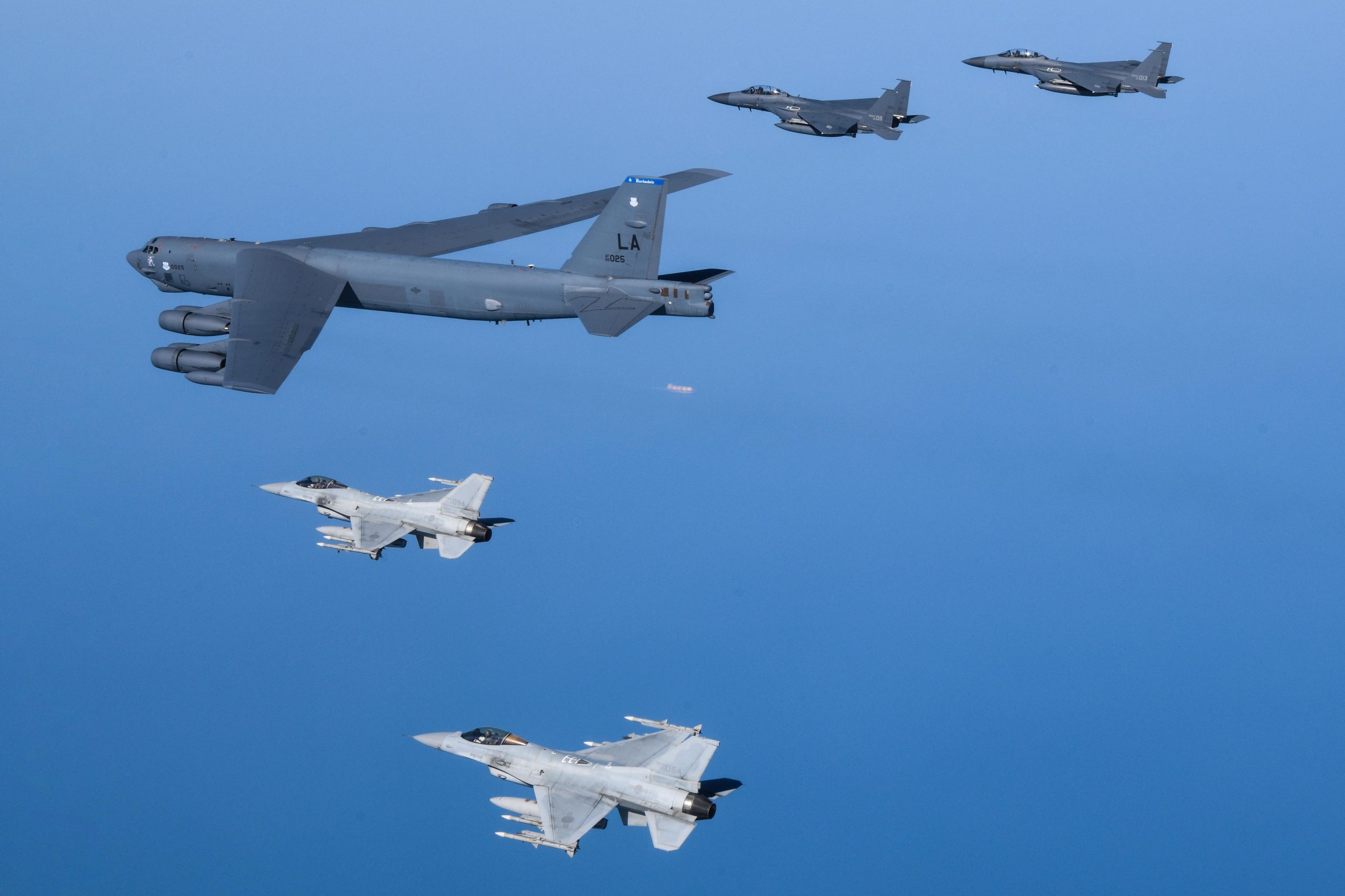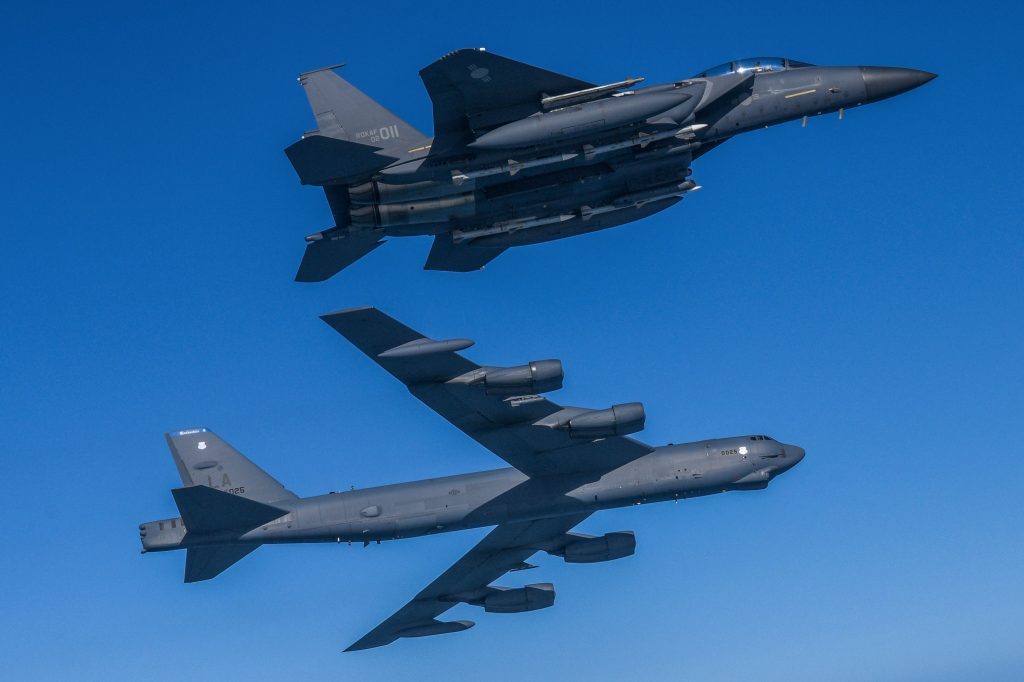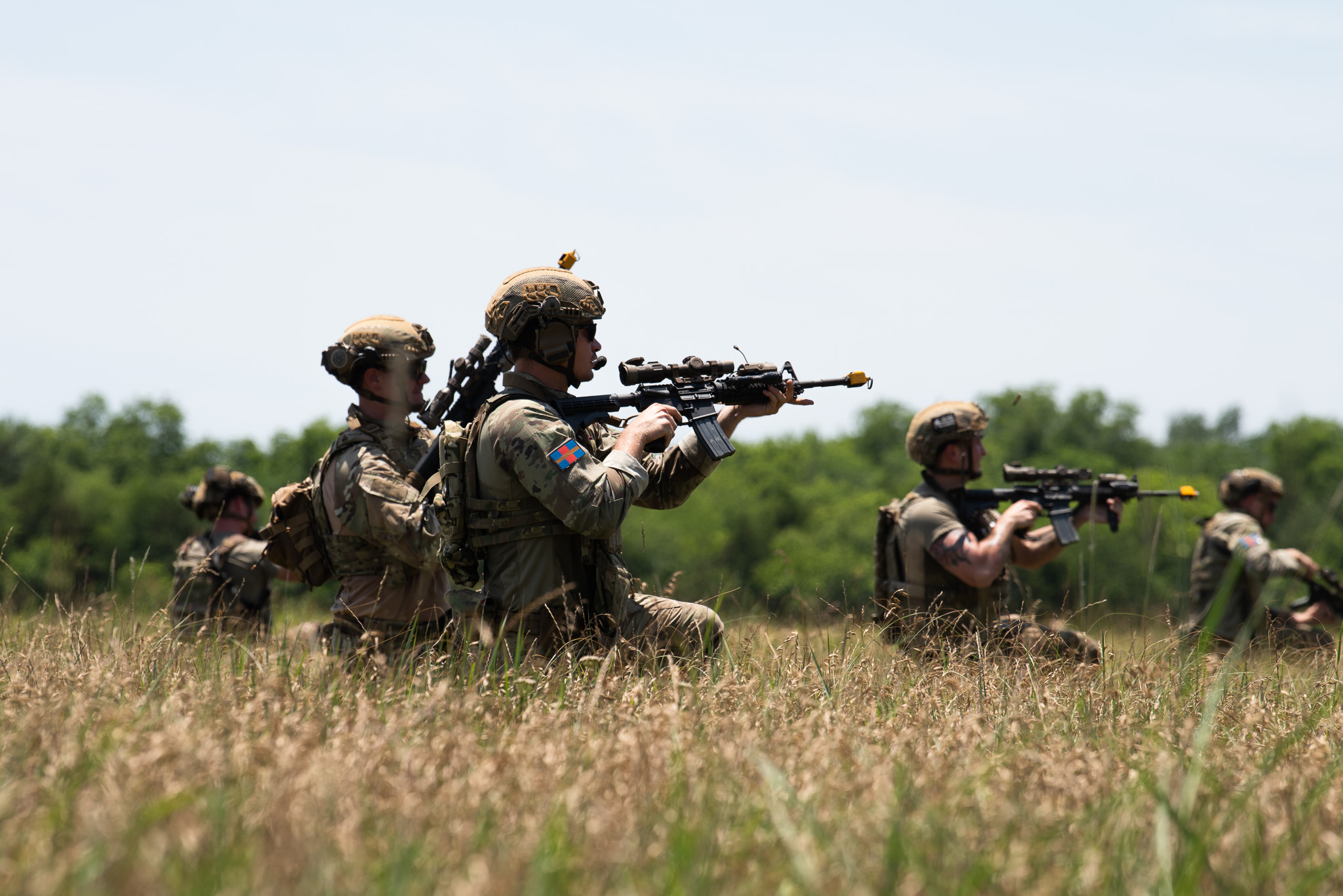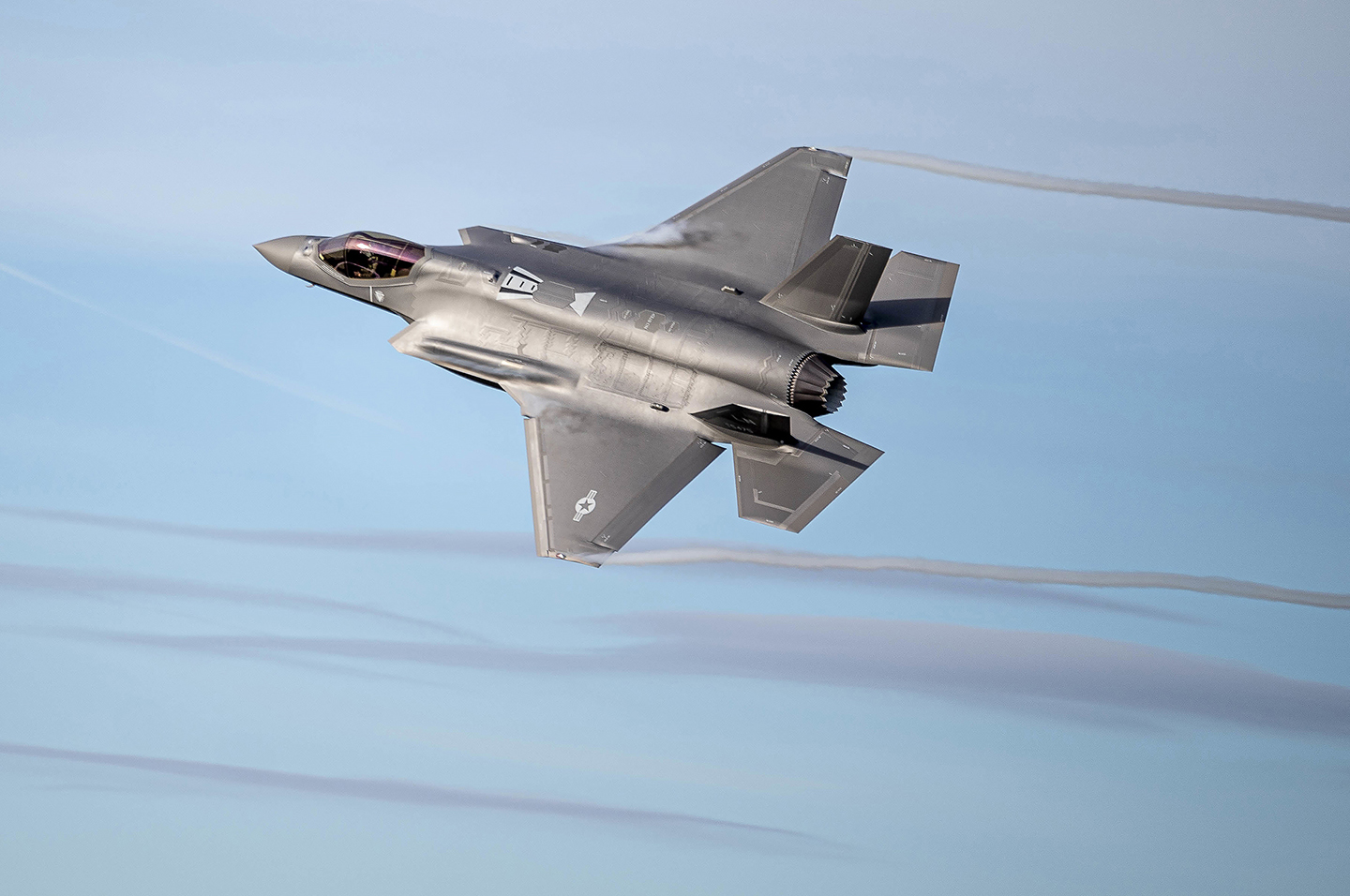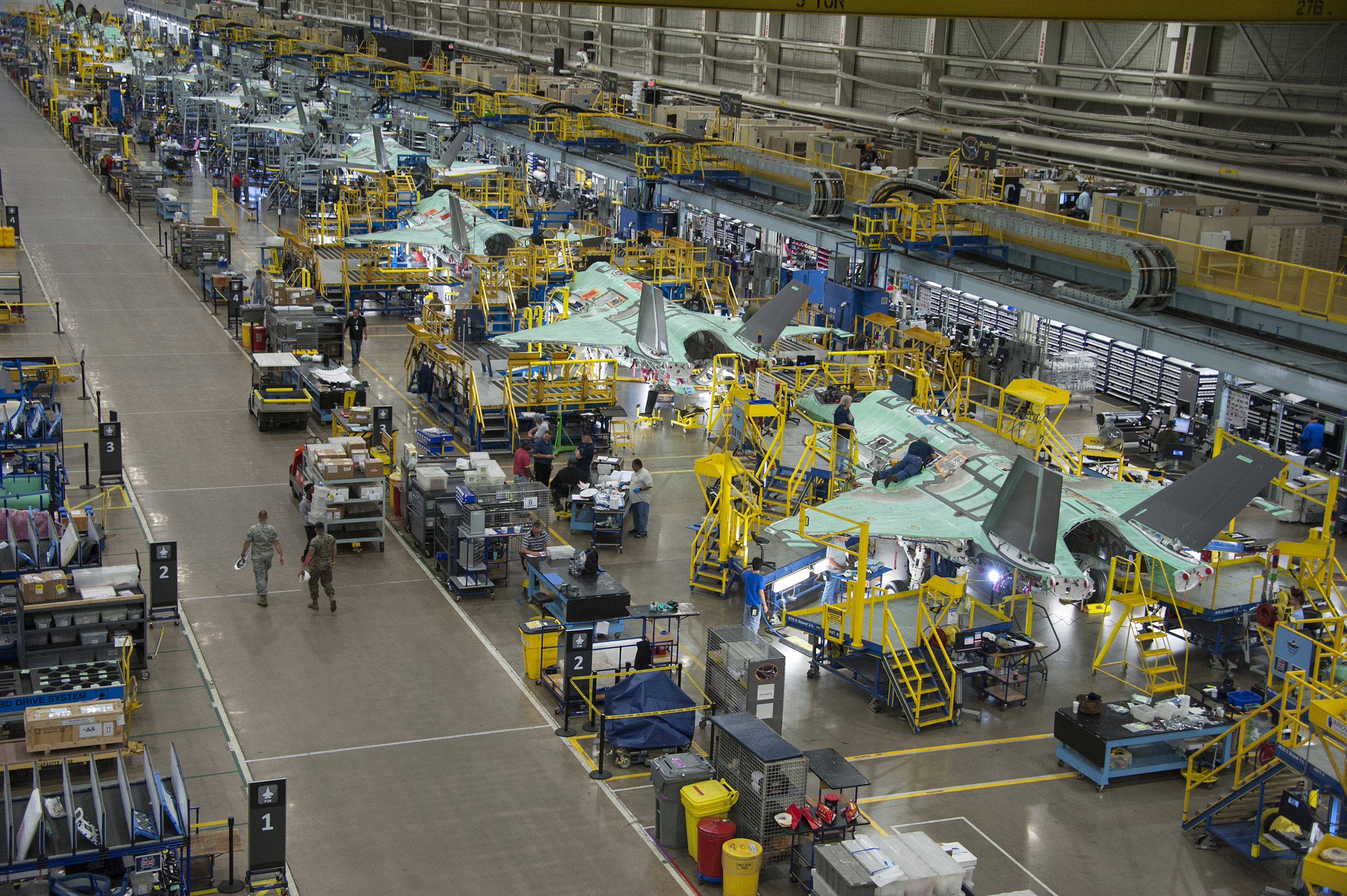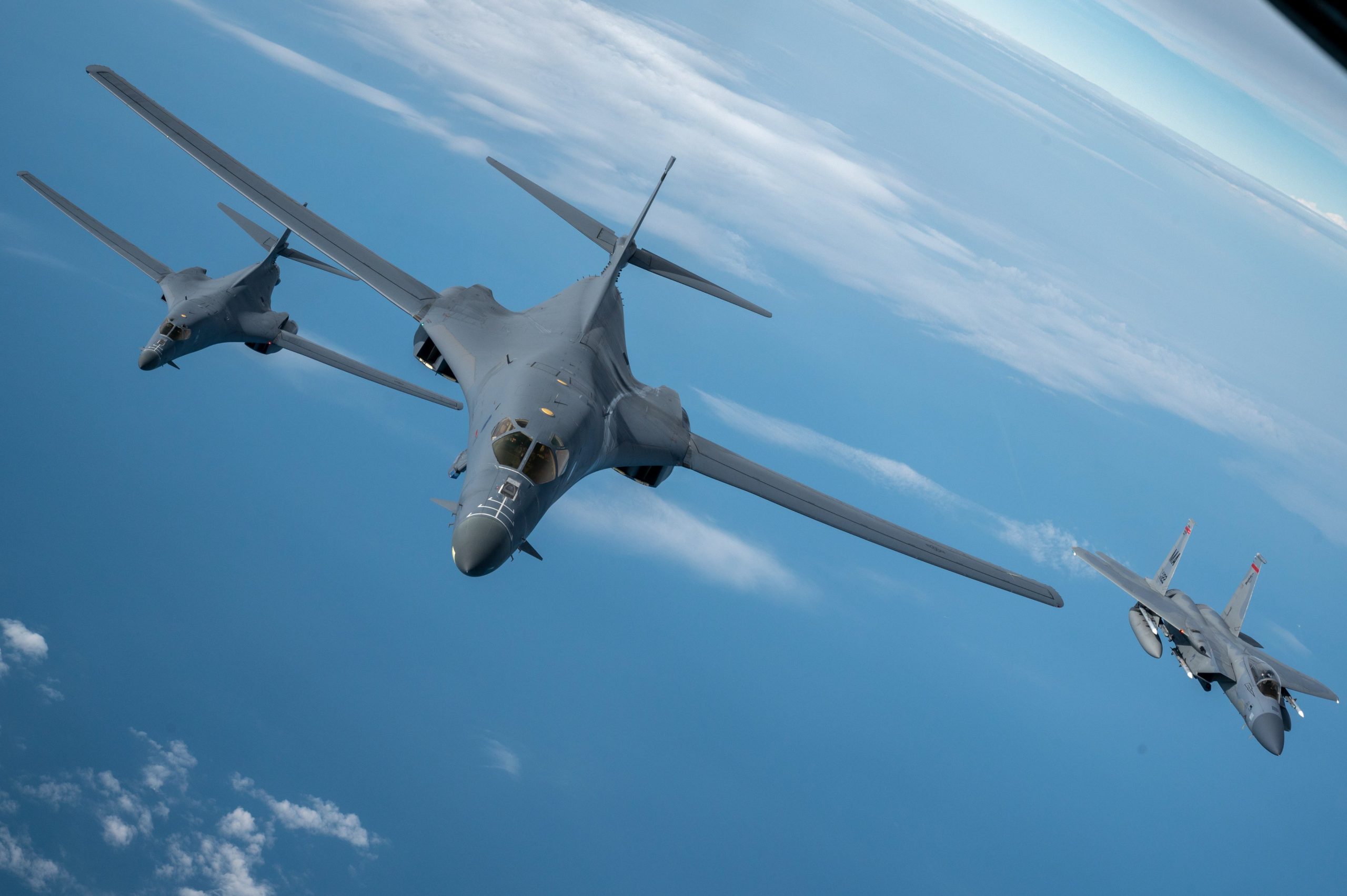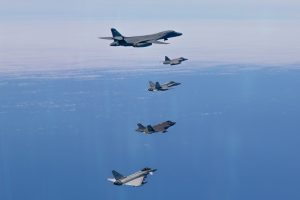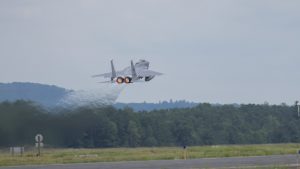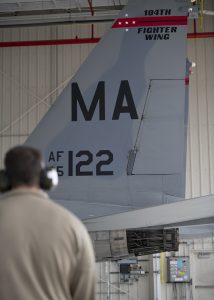Javelins, HIMARS launchers, and artillery have dominated the discussion of armament production that has shifted into high gear since Russia’s February 2022 invasion of Ukraine. But increasing F-35 orders have also raised questions about the capacity of the industrial base to keep up with demand, which could outstrip the planned peak output of the Lockheed Martin-made stealth fighter.
Israel announced a fresh order for F-35s on July 2, saying it will buy an additional 25 aircraft on top of the 50 it has already purchased. The Czech Republic got the green light from the U.S. State Department last week to buy 24 F-35s, which will replace the Saab JAS-39C Gripen fighters the Czechs have been leasing. The Gripens will go back to Sweden in 2027, but neither industry nor U.S. government officials could say if Prague will have its first F-35s by then.
Since 2022, several European countries—Finland, Switzerland, Germany, and now the Czech Republic—have announced plans to order 159 F-35s, collectively amounting to more than a whole year’s worth of production under Lockheed Martin’s planned maximum annual production rate of 156 aircraft by 2025. That figure doesn’t include Poland, which ordered 32 of the fighters in 2020, or Greece, which has signaled it wants to buy 20-24 F-35s, but the formal application for which has not been completed. Countries already flying the F-35 in Europe include Belgium, Denmark, Italy, Norway, and the U.K., most of which are still taking deliveries. Some non-European customers such as Japan, South Korea, and Singapore have ordered additional aircraft to build their growing F-35 fleets, and Canada is moving toward a purchase of 88 aircraft. More buyers are expected to signal plans to acquire the fighter in the next year.
The ordered aircraft will be delivered across a staggered series of production slots with some countries filling out their fleets across a decade or more.
The F-35 is the only 5th-generation fighter in production and cleared for export, leaving customers that want to upgrade their 4th-generation fighters fleets with the choice of buying the F-35, buying a “4th- generation plus” fighter like the latest F-16 Block 70 models, or waiting for a future 6th-generation fighter to become available for export.
The U.S. military, meanwhile, has indicated it will stick close to its fiscal year 2024 plan of buying 83 F-35s—48 for the Air Force, 19 for the Navy and 16 for the Marine Corps—for a while. The Air Force plans to buy 48 a year until 2028, and beyond that, it is still planning to buy 980 F-35s in total, to reach its never-altered original goal of 1,763 of the fighters.
The U.S. military has allowed foreign customers to take some of its slots on the production line before, preferring to buy newer versions of the F-35 that have greater capability.
A rate of 156 could also be challenging because it’s a big step up from current production. The Lot 15, 16 and 17 contracts were for 145, 127 and 126 aircraft, respectively, the latter being an optional level dependent on new orders.
Counting all known customers and backlog, the U.S. military will buy about half of the F-35s produced annually under current plans with the rest going to foreign customers.
Foreign buyers tend not to disclose their plans about when they will field new-build fighters. Announcements of such sales usually only include the planned dates of initial deliveries.
The Mitchell Institute for Aerospace Studies has urged the U.S. services and the Pentagon to increase production and F-35 industrial capacity, so the U.S. military and partner F-35 users don’t have to wait too long to fill out their fifth-generation fighter fleets. The Air Force originally planned to buy 110 F-35s a year. The figure was later reduced to 80, then 60, and in recent years to 48 or fewer aircraft a year.
Lockheed Martin has said that negotiations with the Joint Program Office for F-35 production lots 18 and 19 are well underway, but those lots seem to be predicated on a maximum rate of 156 aircraft. The next lot is expected to be the first after a declaration of full-rate production, clearing the way for multiyear contracts on Lot 20 and beyond. Pentagon and JPO officials have said that 156 is, effectively, full rate, although Lockheed has said that it could, with additional resources, push production above 220 aircraft per year.
Air Force acquisition chief Andrew Hunter told the Senate Armed Services Committee in April that Lockheed would be “very stressed” to produce more than 156 aircraft annually. Producing more that would mean “we would probably have to increase tooling” and add more shifts of workers, which have been hard for Lockheed to hire, Hunter said. Lockheed has pegged some delivery delays to worker shortages at component and material supplier companies trying to recover from the COVID-19 pandemic.
Hunter also said the center body of the aircraft is another “significant limiter.” Northrop Grumman builds the center body of the F-35 at its Palmdale, Calif. facilities, where it also builds the new B-21 Raider bomber, and has said it lacks the room to expand there easily.
The program was initially counting on Turkey to produce a substantial number of the center body assemblies for the international market, but Turkey was drummed out of the F-35 program in 2019 as a consequence of Ankara opting to buy Russian S-400 air defense systems. The other F-35 partners ousted Turkey from the program because Russian tech representatives helping Turkey set up and use the S-400 would have gained crucial insights into tracking and targeting the F-35, a situation the partners and NATO considered unacceptable. Turkey said it pursued the deal because Western nations couldn’t make a competitive offer of their own air defense systems.
Lockheed has struck a deal with Rheinmetall of Germany to produce F-35 center fuselages, creating an industrial offset for Germany’s purchase of 35 of the fighters and creating a degree of organic maintenance capability, but the exact timing of production there is not certain.
The 1,000 F-35 should come off the assembly line at Lockheed’s Fort Worth, Texas facility next month. However, the company is storing new-build Air Force F-35s because they have been built with the Technology Refresh 3 upgrade, testing of which is not yet complete. The aircraft could be delivered later in the year or by early in 2024, with a “top-off” software add to take into account discoveries during testing. The TR-3 upgrade first appears on Lot 16 and 17 jets. The TR-3 underwrites the new weapons and electronic warfare capabilities that will be part of the F-35 Block 4 upgrade.
More F-35 orders are part of increasing weapons buys throughout the world. Now defense companies must try to meet the demand.
